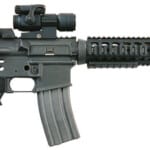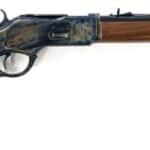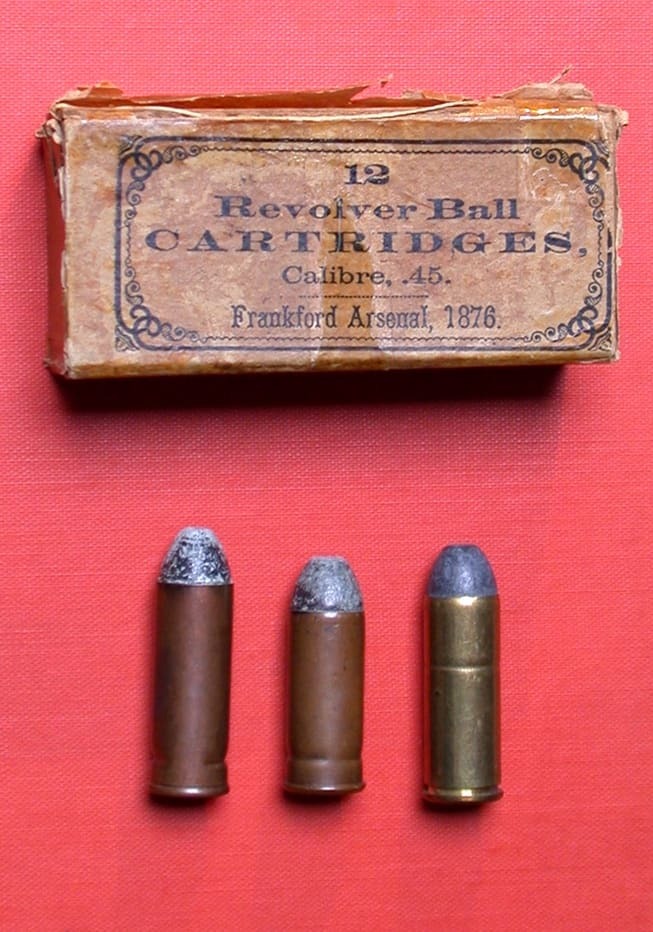
Here's a refined and authoritative article on the .45 Colt cartridge, ensuring maximum accuracy, depth, and engagement. It has been structured for search engine optimization (SEO) while maintaining a conversational and informative tone that firearms enthusiasts will appreciate.
The .45 Colt: The Cartridge That Won the West and Still Reigns Today
The .45 Colt, often referred to as the .45 Long Colt, is one of the most enduring handgun cartridges in American firearms history. Originally introduced in 1873 alongside the legendary Colt Single Action Army (SAA) revolver, it became a staple of the Old West, military service, and civilian self-defense. Over 150 years later, this powerful round remains a favorite among revolver enthusiasts, hunters, and Cowboy Action Shooters.
This article provides a comprehensive look at the .45 Colt, from its origins and historical significance to its modern applications and performance. Whether you're a firearms historian, a competitive shooter, or simply a fan of classic American cartridges, this deep dive into the .45 Colt will cover everything you need to know.
Origins of the .45 Colt: A Cartridge Born for War and the Frontier
The .45 Colt cartridge was developed in 1872 by a partnership between Colt’s Patent Firearms Manufacturing Company and Union Metallic Cartridge Company (UMC). It was designed as part of a U.S. military effort to replace cap-and-ball revolvers with a more powerful and reliable cartridge-based system.
At the time, the standard-issue sidearms of the U.S. Army were percussion revolvers, such as the .44-caliber Colt Army Model 1860 and the .36-caliber Colt Navy Model 1851. While effective, these black powder revolvers were slow to reload and required careful maintenance.
The Army wanted a centerfire metallic cartridge revolver with superior stopping power and reliability. In response, Colt designed the Single Action Army (SAA) revolver, chambered in the newly developed .45 Colt cartridge.
Was the .45 Colt the Army's First Choice?
Interestingly, the .45 Colt was not originally favored by the military over Smith & Wesson’s .45 Schofield. The Army purchased both the Colt SAA and Smith & Wesson Schofield revolver, which was chambered in a shorter .45-caliber round known as the .45 Schofield.
Because the .45 Colt was too long to fit in the Schofield revolver, the Army eventually standardized a shortened version of the .45 Colt round that could be used in both handguns. However, the original full-length .45 Colt remained a favorite among civilians, lawmen, and frontiersmen, where ammunition logistics were not an issue.
The .45 Colt in Military Service and Beyond
The .45 Colt quickly proved itself in combat. The Army used it extensively in the Indian Wars and later in the Spanish-American War. With its 255-grain bullet propelled by 40 grains of black powder, the original load delivered around 850 feet per second (fps) from a 7.5-inch barrel, providing immense stopping power.
However, in 1892, the Army made the controversial decision to replace the .45 Colt with the .38 Long Colt. This decision was based on a preference for lighter recoil and increased ammunition capacity, as the .38 Long Colt allowed for a more controllable shooting experience.
Failure of the .38 Long Colt in Combat
The inadequacy of the .38 Long Colt became apparent during the Philippine-American War (1899-1902). American soldiers reported that the cartridge lacked stopping power against the Moro warriors, who continued fighting even after being hit multiple times. This led to a reassessment of military sidearm effectiveness, and by 1904, the Army began developing a more powerful semi-automatic round—the .45 ACP (Automatic Colt Pistol)—which would ultimately be adopted in 1911 with the Colt M1911 pistol.
Despite this shift, the .45 Colt never faded from civilian use. It remained a favorite among cowboys, lawmen, and hunters, thanks to its proven effectiveness in the field.
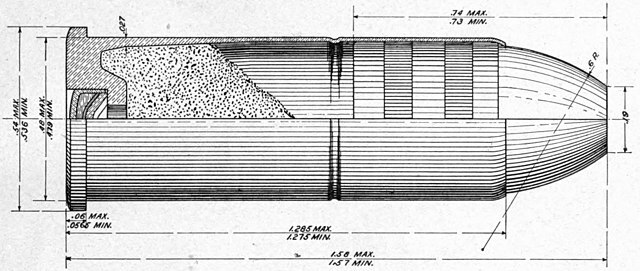
Ballistics and Performance: Then and Now
Original Black Powder Load
The original military-issued .45 Colt cartridge contained:
- 40 grains of black powder
- 255-grain lead bullet
- 850-870 fps muzzle velocity
- Energy: approximately 400-450 foot-pounds (ft-lbs)
This made it one of the most powerful handgun cartridges of its era, far outclassing contemporary revolver rounds like the .38 Long Colt and even the .44 Russian.
Modern Smokeless Powder Loads
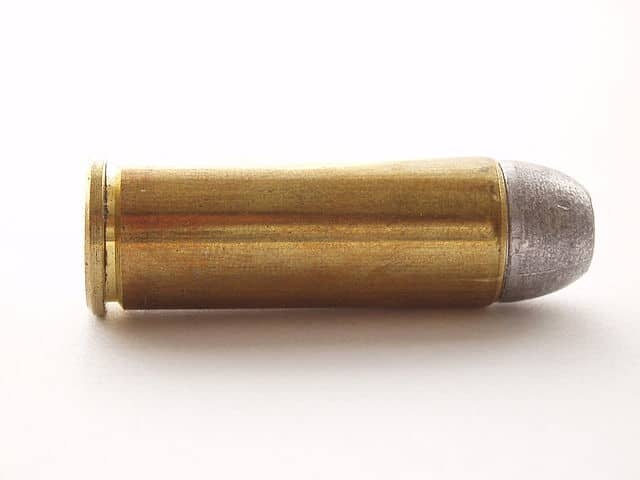
Today, .45 Colt ammunition is loaded with smokeless powder, with variations including:
- Standard factory loads: 225-255 grain bullets at 750-900 fps (14,000 psi, safe for all revolvers)
- "Ruger-only" high-pressure loads: 260-325 grain bullets at 1,100-1,300 fps (25,000+ psi, for stronger revolvers like the Ruger Blackhawk, Thompson/Center Contender, and Freedom Arms Model 83)
These hotter loads make the .45 Colt viable for hunting medium to large game, including deer, wild boar, and even black bear.
Why the .45 Colt is Still Relevant Today
1. A Favorite in Cowboy Action Shooting
The .45 Colt is one of the most commonly used cartridges in Cowboy Action Shooting (CAS), where competitors use period-correct firearms to re-create Old West shooting scenarios.
2. Versatility in Lever-Action Rifles
Several manufacturers, including Henry Repeating Arms, Winchester, and Marlin, produce lever-action rifles chambered in .45 Colt, offering increased velocity and energy when fired from a longer barrel.
3. The .45 Colt/.454 Casull Connection
Many modern revolvers chambered for the .454 Casull can safely fire .45 Colt, making it a versatile option for shooters who want both power and lower-recoil practice ammunition.
4. A Top Choice for Handloaders
The .45 Colt is one of the most flexible handgun cartridges for reloading, allowing shooters to fine-tune loads for everything from light target shooting to heavy hunting loads that rival the .44 Magnum.
Conclusion: The Legend Lives On
The .45 Colt is a cartridge that defined the American West, served the U.S. military, and continues to thrive in the modern era. Its raw power, historical significance, and versatility make it a favorite among collectors, competitors, and outdoorsmen alike.
From the dusty battlefields of the Indian Wars to the hunting grounds of today, the .45 Colt has proven itself to be one of the greatest handgun cartridges ever designed. It may have been introduced in 1873, but it is far from obsolete—this classic round is here to stay.
Is there a difference between .45 ACP and .45 Colt? Check it out here.
If you know of any forums or sites that should be referenced on this listing, please let us know here.


